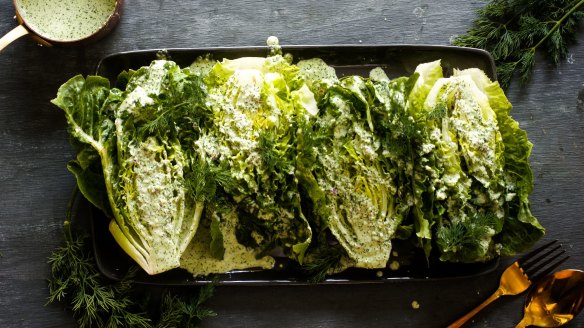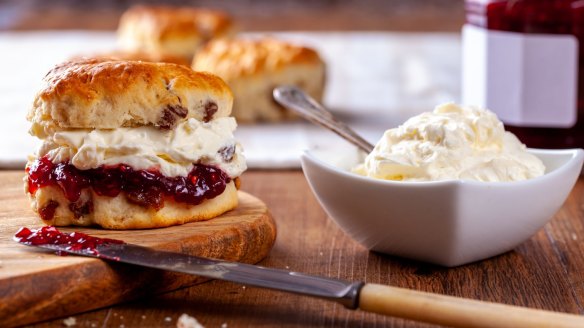What makes lettuce leaves bitter?

When I was young, lettuces were bitter, if my memory serves me correctly. What's changed? M. Santamaria
Lettuce is an amazing leafy green. Home gardeners will know that when harvested, the stem exudes a bitter, milky substance.
This is a type of latex that contains two bitter-tasting compounds, lactucin and lactucopicrin, which affect the central nervous system, helping to relieve pain and causing a sedative effect.
In Beatrix Potter's book The Tale of The Flopsy Bunnies, naughty rabbits break into Mr McGregor's garden and help themselves to lettuces that have shot into flower.
Potter writes: "By degrees, one after another, they were overcome with slumber, and lay down in the mown grass."
Lactucin and lactucopicrin are also found in endive and chicory. Bitter herbs have been eaten as an entree since ancient times, promoting the enzymes to digest the meal.
To lessen the bitter taste, salad leaves were dressed with salted water. Salt depresses the tongue's ability to detect bitterness. The word "salad" comes from the Vulgar Latin herba salata or salted herbs.
Modern lettuces have since been bred to have less of the psychoactive compounds and are therefore less bitter. One other comment on your memory is that when we humans are young, we are more sensitive to bitterness. I prefer chicory and radicchio as my leafy salads, for I love their bitterness.

Where can I get old-fashioned clotted cream? O. Thompson
Last time I travelled on the CountryLink XPT between Sydney and Melbourne, they were serving Devonshire tea with scones, jam and real clotted cream made in Cornwall.
It is made by heating unhomogenised milk in a bain-marie and letting the fat rise to the top of the pan. The clots of cream are scooped up and potted.
Heating the milk caramelises the milk sugar, giving it a slight butterscotch flavour. The heat also kills off bacteria in the milk and cream – which, before pasteurisation was commonplace, gave clotted cream a longer shelf life.
You can make clotted cream by using Jane Strode's method. She places 600ml of heavy cream (45 per cent fat) in a saucepan with one teaspoon of sugar and brings it to the boil, then simmers it for 10 minutes.
Pour this into a medium dish, and refrigerate for several hours until a thick skin of clotted cream forms on top. Scoop this off. Serve with desserts.
Clotted cream is made in Australia by Meander Valley and Yea. Both are available in some supermarkets and food stores.
